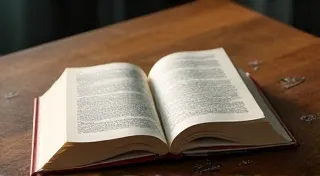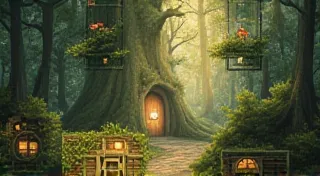The Cartographer's Ink: Mapping Emotional Landscapes
Imagine a room filled with the scent of aged wood and leather, dust motes dancing in the afternoon light. A single object sits on a table, gleaming faintly: an antique accordion. It’s more than just an instrument; it's a portal, a time capsule resonating with laughter, heartache, and the echoes of countless stories. As creative writers, we strive to evoke emotion in our readers – to transport them to different worlds and make them *feel*. But what if we could learn from an object intrinsically linked to feeling, an instrument built to draw it out and amplify it? That’s what the cartographer’s ink – the careful, considered language we use – can be: a way to map emotional landscapes, just as a craftsman painstakingly charts the inner workings of an accordion.
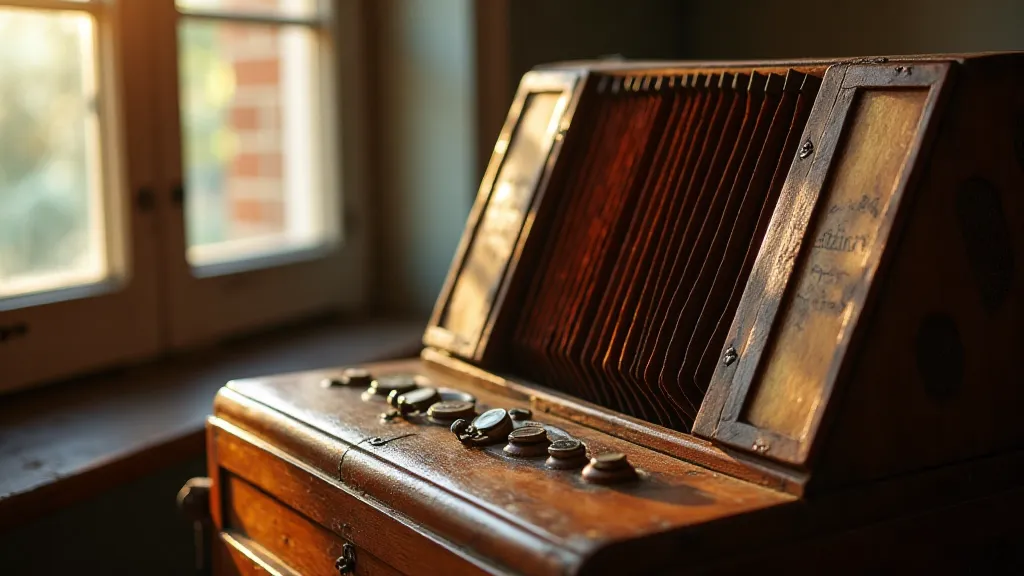
The Mechanics of Feeling: Accordions and Craftsmanship
The accordion's construction is a marvel of engineering and artistry. Each reed, painstakingly tuned; each button, precisely placed; the bellows, a testament to the power of airtight seals and flexible materials. It's a complex mechanism designed to create something beautiful and, crucially, to elicit a response. Think about the hours – the *years* – poured into a single, exceptional instrument. A master craftsman isn's just assembling parts; they are imbuing the accordion with something more: their skill, their passion, and a deep understanding of how vibration and resonance translate into feeling.
This dedication mirrors the careful consideration a writer must apply to their prose. Just as a poorly tuned reed can produce a jarring sound, clunky or imprecise language can shatter the reader’s immersion. We must be as attuned to the nuances of emotion as an accordion maker is to the delicate balance of their creation. The weight of the wood, the grain of the leather, the metallic tang of the reeds – these sensory details are deliberately chosen, contributing to the instrument's overall emotional impact. Similarly, a writer's choice of words, rhythm, and imagery must be deliberate, weaving a tapestry of language that resonates with the reader’s own experiences and emotions.
A Personal Resonance: My Grandfather’s Accordion
I remember my grandfather’s accordion vividly. It wasn’t a particularly ornate model – a simple, well-loved diatonic button accordion, a Hohner Marine Band, I later learned. He wasn't a professional musician, but he played with an infectious joy, filling our family gatherings with lively polkas and mournful waltzes. The smell of the oiled leather and the rhythmic whoosh of the bellows became synonymous with warmth, laughter, and a sense of belonging. He’s gone now, but the memory of that accordion, the feel of its weight in my hands as he showed me the buttons, remains a powerful emotional anchor.
That accordion wasn’t just an instrument; it was a vessel of memory, a tangible link to my heritage. It held within it the echoes of his own childhood, his own joys and sorrows. And as he played, he wasn't just producing music; he was sharing those experiences, those feelings, with us. He was, in essence, a storyteller using a different medium. As writers, we should strive to achieve this same depth of connection – to weave our own stories with the richness and complexity of a well-loved antique.
Evocative Prose: Mapping the Emotional Landscape
So, how do we, as writers, translate this concept of meticulous craftsmanship and emotional resonance into our own work? It starts with observation. Pay attention to the details. Don't just describe a character's sadness; explore the way their shoulders slump, the tremor in their voice, the way their gaze lingers on a distant object. Don't just say a place is beautiful; describe the way the light filters through the leaves, the scent of the earth after a rain, the texture of the bark on a tree.
Consider the rhythm of your sentences. Short, staccato sentences can convey a sense of urgency or anxiety. Long, flowing sentences can evoke a feeling of tranquility or nostalgia. Experiment with different sentence structures to find the rhythm that best suits the mood you’re trying to create. Think about the sounds of words. Alliteration, assonance, and consonance can add a musicality to your prose and create a more immersive experience for the reader. Think of the subtle vibrations of the accordion – the tiny shifts that shape the overall melody.
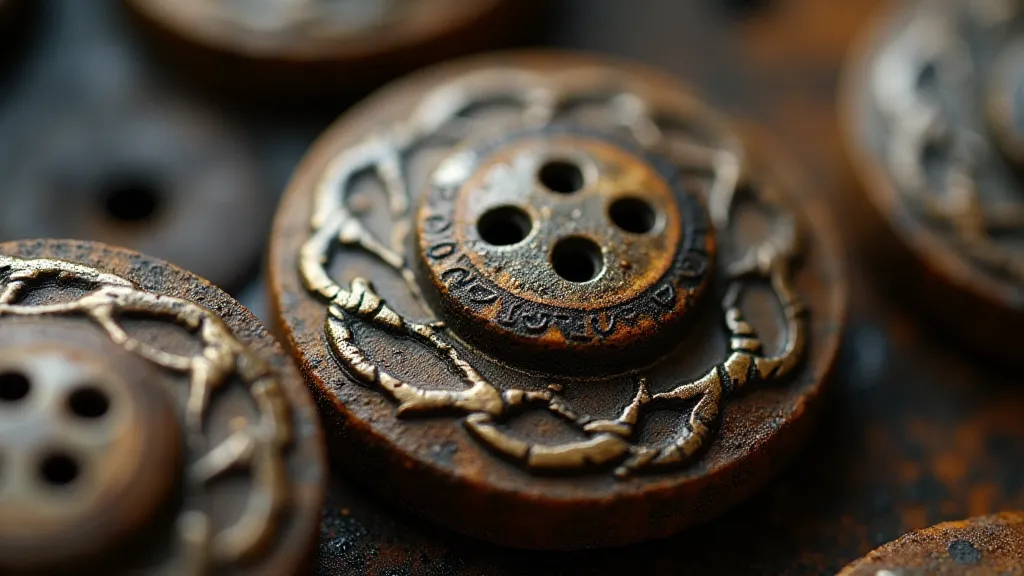
Restoration and Reflection: Lessons for Writers
Restoring an antique accordion is a delicate process. It requires patience, skill, and a deep respect for the original craftsmanship. It's about preserving the integrity of the instrument while also bringing it back to life. Similarly, a writer’s work often involves revision – a process of carefully examining and refining their prose until it achieves its full potential. Sometimes, that means cutting unnecessary words, rearranging sentences, or even rewriting entire paragraphs. It’s about respecting the original intention while also bringing it into a renewed vibrancy.
Consider the materials used in the construction of an accordion: the wood, the leather, the metal. Each material has its own unique properties and contributes to the overall sound and feel of the instrument. A writer’s "materials" are their words, their images, their metaphors. The careful selection and arrangement of these "materials" is what transforms them into something meaningful and enduring. The patina on an antique accordion, the slight imperfections, the wear marks – these aren't flaws; they're a testament to its history, its journey, its connection to the people who have played it over the years. And just as a skilled restorer seeks to preserve these imperfections, so too should a writer embrace the imperfections in their own work – the quirks of voice, the unexpected turns of phrase – that make it uniquely their own.
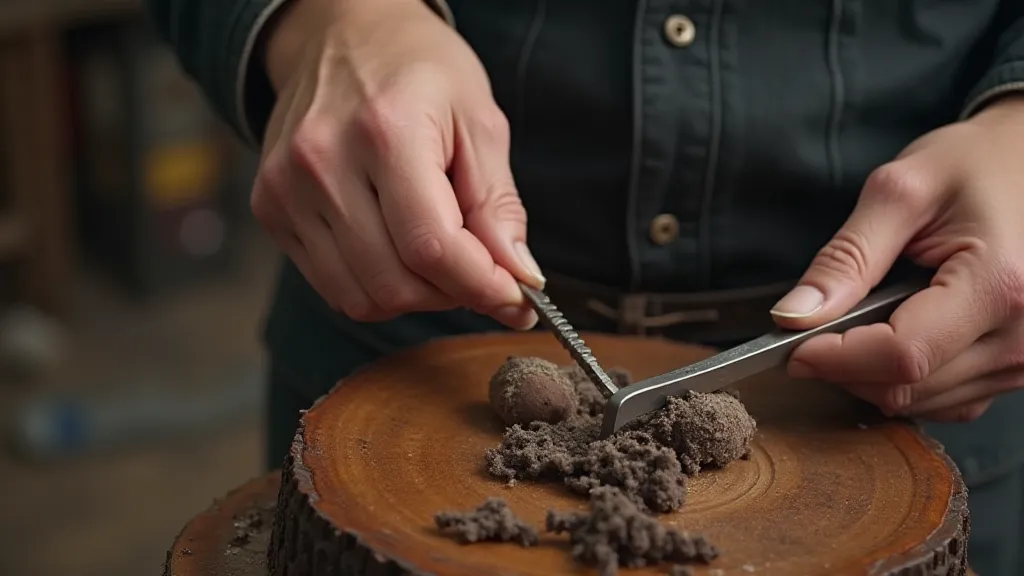
The Enduring Melody: Crafting Emotional Resonance
The cartographer’s ink, then, isn’s just about using language skillfully; it’s about understanding the power of emotion and using language to evoke it in the reader. It’s about paying attention to the details, respecting the craft, and embracing the imperfections. It's about creating something that resonates with the reader on a deep and personal level – something that lingers in their minds long after they’ve finished reading. Just as the notes of an antique accordion continue to echo through time, so too should our words continue to resonate with those who read them, mapping the emotional landscapes of their own lives.




